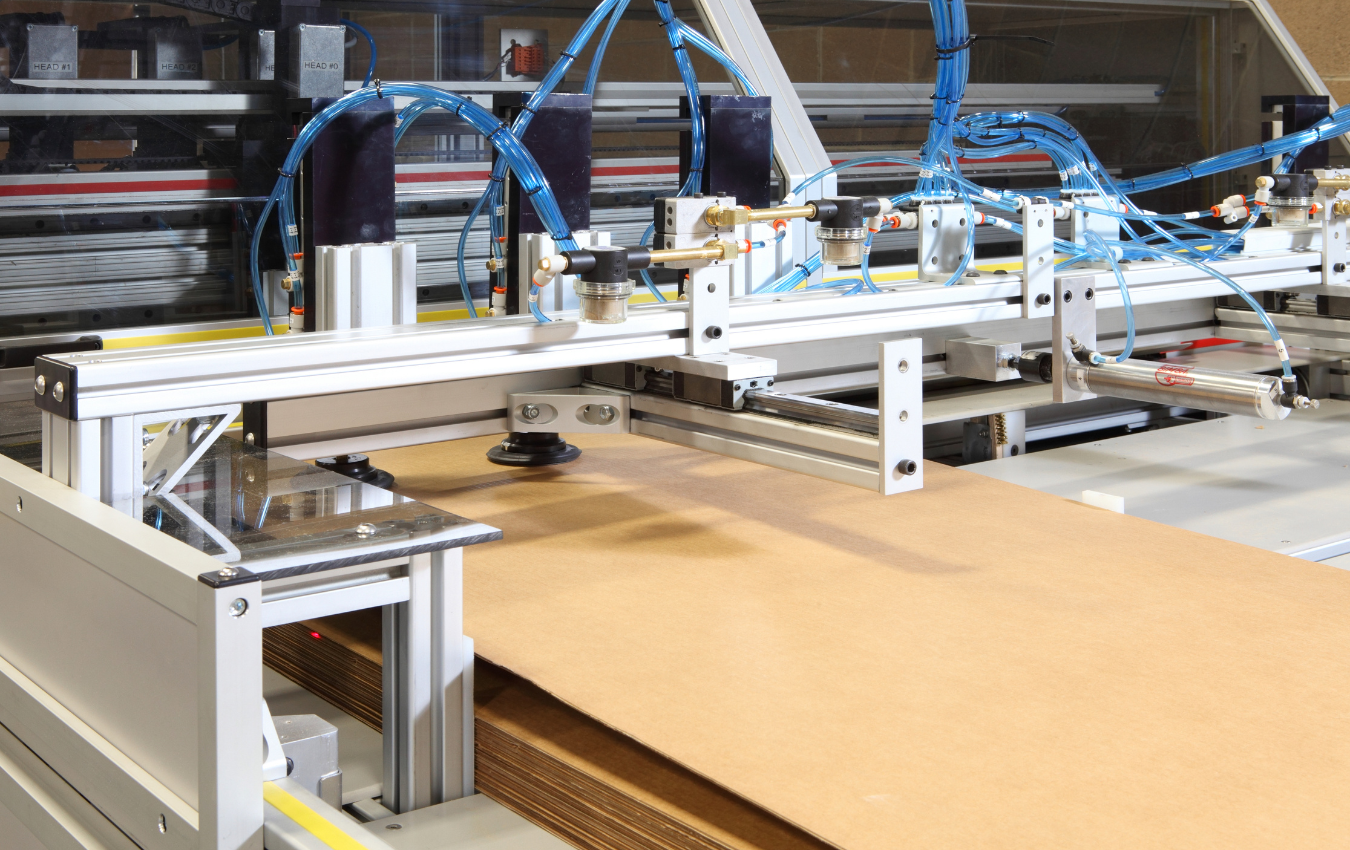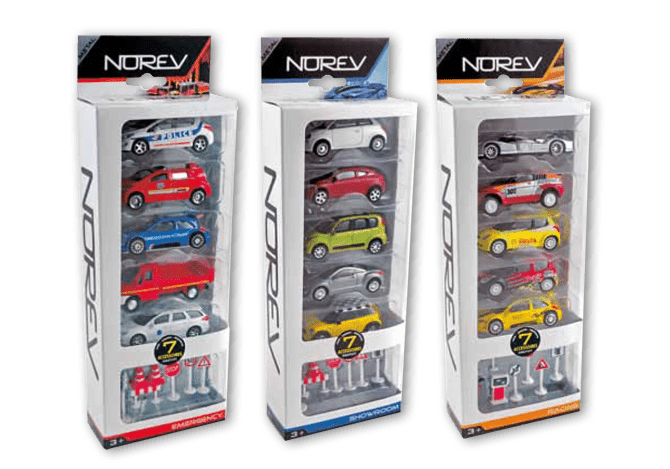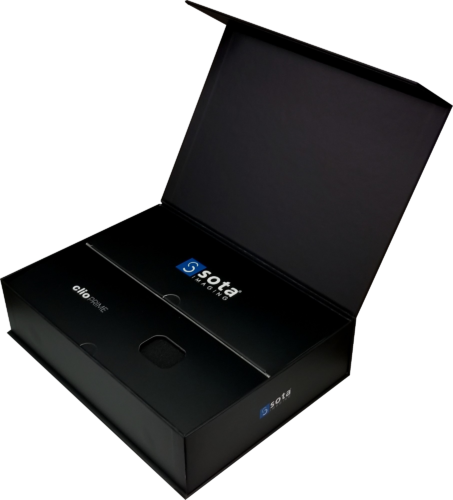Home » Packaging Strategies for Mid-Sized Businesses in 2025
Packaging Strategies for Mid-Sized Businesses in 2025

For mid-sized businesses, packaging is a crucial element that impacts brand identity, operational efficiency, and customer experience. Unlike small businesses, which focus on cost-effectiveness, and large corporations, which prioritize mass production, mid-sized companies need a balance of scalability, flexibility, and affordability. With growing competition and shifting market demands in 2025, a strong packaging strategy can help mid-sized businesses improve efficiency, maintain brand consistency, and optimize costs.
Key Packaging Considerations for Mid-Sized Businesses
Cost-Effective Scaling Without Overproduction
Mid-sized businesses must carefully scale their packaging production without overspending. This requires:
- Right-sizing packaging to eliminate wasted materials and reduce shipping costs.
- Flexible minimum order quantities (MOQs) to avoid excessive inventory storage.
- Leveraging hybrid production models, combining stock packaging for standard products and custom packaging for premium lines.

Streamlining Supply Chain and Inventory Management
Efficient supply chain management ensures consistent packaging availability while preventing overstocking or shortages. Strategies include:
- Partnering with reliable domestic suppliers to minimize lead times and supply disruptions.
- Using just-in-time (JIT) inventory models to reduce storage costs.
- Implementing digital inventory tracking systems to monitor stock levels and order packaging efficiently.
Balancing Customization with Production Efficiency
Mid-sized businesses need packaging that reflects their brand identity while remaining cost-effective. Best practices include:
- Using digital printing for small batch orders and frequent design changes.
- Standardizing core packaging elements (box styles, materials) to reduce production costs.
- Exploring modular packaging designs that allow for brand differentiation without excessive SKU variations.

Enhancing Brand Presentation and Consumer Experience
Well-designed packaging helps mid-sized businesses stand out and build brand loyalty. Key considerations include:
- High-quality print finishes to enhance shelf appeal.
- Custom inserts and protective elements to improve product security and customer experience.
- Easy-to-open designs that simplify unboxing while reducing damage rates.

Sustainability Without Excessive Costs
Sustainable packaging is becoming increasingly important, but cost remains a concern for mid-sized companies. Practical solutions include:
- Choosing lightweight, recyclable materials to lower shipping costs and meet sustainability goals.
- Using minimalist packaging designs to reduce material waste.
- Exploring compostable or biodegradable options without drastically increasing production costs.
Adapting to Omnichannel Distribution Needs
Many mid-sized businesses sell both in-store and online, requiring packaging that works for multiple channels. Strategies include:
- Designing packaging for both eCommerce and retail to streamline production.
- Using protective yet lightweight packaging to reduce return rates and shipping fees.
- Incorporating QR codes and digital touchpoints for customer engagement across platforms.

Final Thoughts: The Mid-Sized Business Packaging Strategy for 2025
For mid-sized businesses, packaging must strike a balance between cost-efficiency, brand appeal, and operational flexibility. By optimizing supply chains, leveraging smart printing methods, and focusing on scalable customization, companies can position themselves for growth in 2025.
Looking for tailored packaging solutions for your mid-sized business? Contact Brown Packaging today to explore cost-effective and innovative options.
RSC boxes are known for their efficiency and versatility, but their performance ultimately comes down to strength. Buyers often see numbers like ECT, BCT, and burst strength on specifications —
In packaging, foam isn’t just about initial protection — it’s about maintaining performance over the entire shipping or storage cycle. Compression set and recovery characteristics determine whether foam continues to
Pouches are a go-to for flexibility and convenience, but they can fail in critical ways—from poor seals to punctures and delamination—that hurt performance and brand reputation. Understanding these failure points
In the retail environment, the placement of Point of Purchase (POP) displays is just as critical as their design and content. Strategic positioning can significantly influence consumer behavior, increase product
Home » Packaging Strategies for Mid-Sized Businesses in 2025





